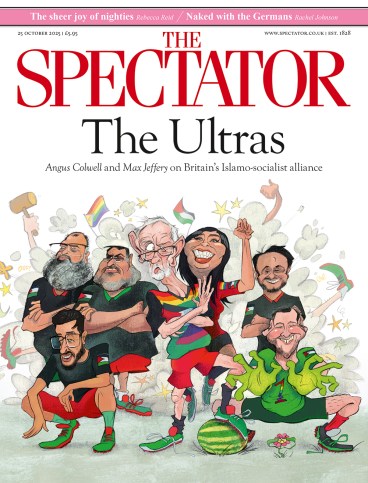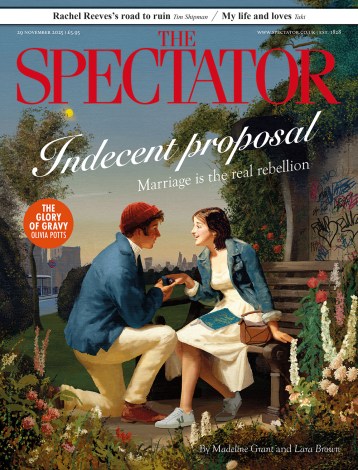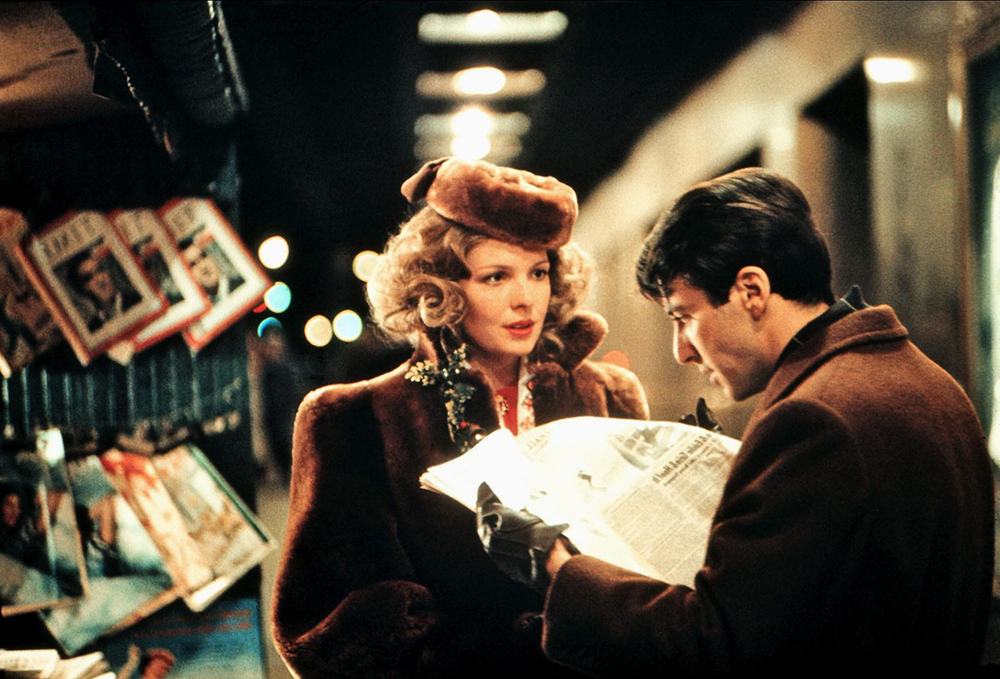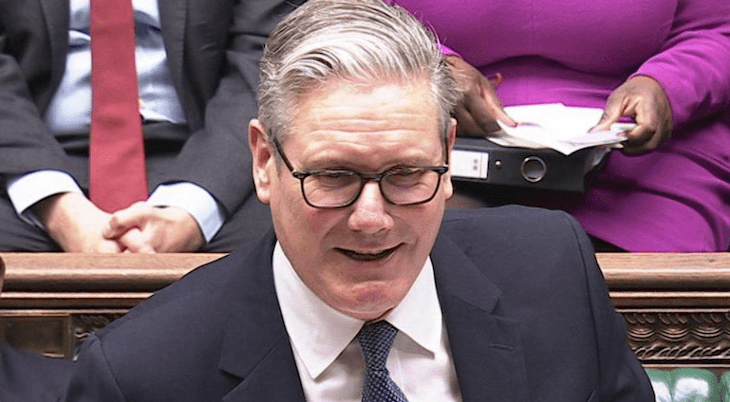
Madeline Grant has narrated this article for you to listen to.
They moved, with a sort of nonchalant intent, up the aisle to make communion with their God; the men in bow ties and immaculate blazers, the women in pearls. They spent the service making small bows, singing (but not too loudly) and wearing looks of pacific – or rather, north Atlantic – calm. These were the Wasps and this was St Thomas Fifth Avenue, one of their high temples in New York, where they come for their moments of triumph and where the world often bids them adieu. It was hard to tell from those gathered on a recent Sunday morning if the stiffness of their physical motions was the result of societal convention or merely age. For as the age of those at St Thomas’s indicated, the Wasp is in its twilight years.
Their genteel conservatism is ill-suited to a political world where civility feels quaint
The acronym, of course, stands for ‘White Anglo-Saxon Protestant’ – the American elite that mostly ruled the country between independence and the postwar period, before meritocracy and modernity edged them out. In Wasps, his examination of American old money, historian Michael Knox Beran argues that having embodied noblesse oblige, the Wasp elite grew decadent, unable to maintain moral or cultural hegemony after the sexual revolution. Peabody-style philanthropy gave way to experiences like those of Edie Sedgwick, Warhol muse and the scion of a Boston Brahmin dynasty, who died young of an overdose following a troubled childhood, plagued by abuse and her father’s frequent affairs.
Yet it wasn’t only personal tragedy or economic losses that affected Wasp-dom. The institutions they built and maintained followed them along the road to oblivion. The Episcopal church was the powerhouse of Wasp religion, education and culture. It has nurtured political power too; 11 presidents belonged to the Anglican denomination, by far the most of any confession.
Yet the Episcopal church is now unravelling. Its embrace of all the most embarrassing political excesses of the boomer generation has resulted in splits, most notably with the Anglican Church of North America, as well as numerical decline. Episcopal membership has halved over the past 40 years, with a median age now of 69. It no longer seems to be a church that takes its beliefs seriously. America has noticed, and the Wasps’ religious legacy has become a shadow of its former self.
Even the way Wasps speak has changed. There’s a magnificent video on YouTube of two elderly Boston Brahmins discussing the relative merits of Jane Austen and Charles Dickens. The video is from the 1980s, when the lilting mid-Atlantic vowels were already being edged out by a coarser American accent. Ditto fashion: Gen-Z TikTokers may obsess over the ‘old-money aesthetic’, but Mark Zuckerberg’s penchant for mid-priced hoodies shows where power really lies these days.
Donald Trump is technically a Wasp, from a wealthy Presbyterian family. But almost everything about him appears a deliberate rebuke to the Wasp way of life, from his disrespect for families like the Bushes and the McCains, to his tangerine skin tone, which occupies the opposite end of the spectrum from the greys and pastels of Wasp world. The same is true of the President’s inner circle. Raised Protestant, J.D. Vance converted to Catholicism. ‘I may be white,’ he writes in Hillbilly Elegy, ‘but I do not identify with the Wasps of the North-East.’
As a Mormon, Mitt Romney technically shouldn’t rank as a Wasp (Romney/Ryan 2012 was the first Republican presidential ticket without a Protestant), but his style is unabashedly preppy. Naturally, the Romneys, McCains and their ilk are about as welcome in the modern GOP as, well, a wasp at a picnic. Their genteel conservatism is ill-suited to a political world where civility feels quaint and power seems increasingly zero-sum.
Diane Keaton’s death brought home the changing cultural resonance of Wasp-dom. In nervy dream-girl Annie Hall and The Godfather’s Kay Adams, the New England outsider adrift in a Mafia family, Keaton played two Wasp icons. But Woody Allen’s demolition job was almost too effective. Since the legendary scene when Annie’s patrician family glower at Alvy Singer over an Easter ham, the Wasp has been parodied to death.

In Sex and the City, Charlotte marries into a family embodying every Wasp cliché. Her husband Trey, despite his impeccable manners, is both emotionally stunted and sexually impotent. Her mother-in-law Bunny is a masterpiece of old-moneyed camp: snooty, Chanel-suited, overflowing G&T in hand. Mad Men’s Betty Draper is presented as simply too rigid and reactionary to survive the 1960s and is dispatched in the finale, greeting her terminal cancer diagnosis with characteristic blue-blooded stoicism.
Whit Stillman’s Metropolitan portrays a group of young-fogeyish Ivy League graduates who play bridge and argue about Austen even as, beyond Park Avenue, society is rapidly discarding their traditions. Though released in 1990, the film feels significantly more archaic. In Edith Wharton’s retrospective masterpiece The Age of Innocence, Newland Archer sacrifices his happiness for a series of rules which, Wharton makes clear, are redundant within a few decades. Perhaps the Wasps were always in their twilight, and that is sort of the point.
The Wasps may have been displaced and committed acts of pitiful self-sabotage, but many of the values they embodied are still worth preserving: manners, decency, self-deprecation. Even the stiff upper lip – so often parodied as aloofness – is lacking in our emotionally incontinent times. The Wasps may be in perpetual shade, but their total eclipse would be a tragedy for America, and the Anglosphere as a whole.









Comments